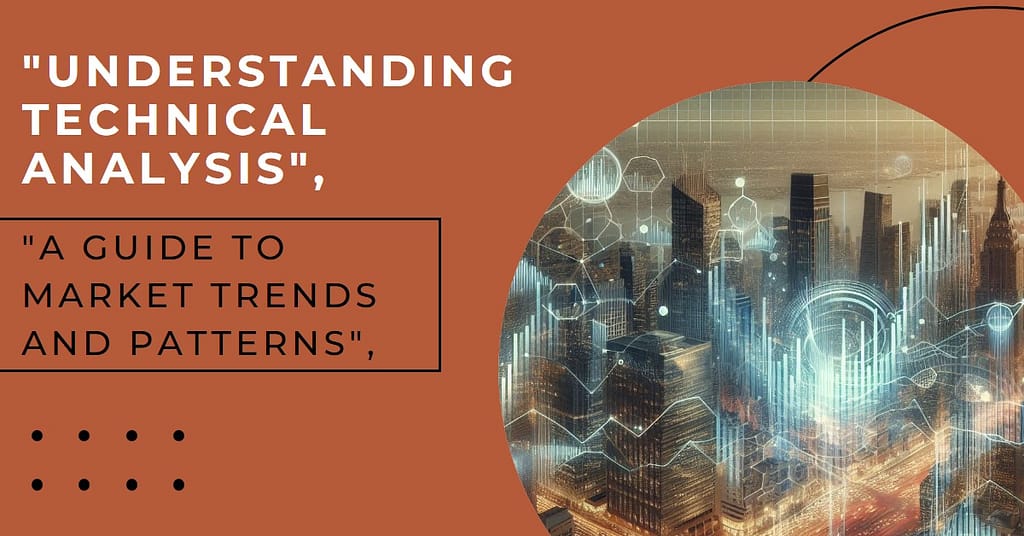Mastering the Waves: Technical Analysis of Cryptocurrencies

Introduction
Cryptocurrencies are more than just a financial trend; they’ve become a global phenomenon. With their volatile nature, investors and traders are constantly seeking ways to predict market movements. One of the most popular methods is technical analysis. But what exactly is technical analysis, and how can it help you navigate the tumultuous seas of the crypto market?

What is Technical Analysis?
Technical analysis is a trading discipline used to evaluate investments and identify trading opportunities by analyzing statistical trends gathered from trading activity. This includes price movement and volume. Unlike fundamental analysis, which tries to evaluate an asset’s intrinsic value, technical analysis focuses on patterns and signals from trading charts.

Key Concepts in Technical Analysis
- Price Trends
Uptrend: A series of higher highs and higher lows.
Downtrend: A series of lower highs and lower lows.
Sideways Trend: Price moves within a horizontal range.
- Support and Resistance Levels
Support Level: A price level where a downtrend can be expected to pause due to a concentration of demand.
Resistance Level: A price level where an uptrend can pause or reverse due to a concentration of supply.
- Moving Averages
Simple Moving Average (SMA): The average of a selected range of prices, usually closing prices, by the number of periods in that range.
Exponential Moving Average (EMA): Similar to SMA but gives more weight to the most recent prices.
- Indicators and Oscillators
Relative Strength Index (RSI): Measures the magnitude of recent price changes to evaluate overbought or oversold conditions.
Moving Average Convergence Divergence (MACD): Shows the relationship between two moving averages of a security’s price.
Bollinger Bands: A set of lines plotted two standard deviations (positively and negatively) away from a simple moving average.

Applying Technical Analysis to Cryptocurrencies
- Identifying Trends
Cryptocurrencies are known for their dramatic price swings. Using trend lines, traders can identify the general direction of a market and make informed decisions about when to enter or exit trades. For instance, if Bitcoin is in an uptrend, traders might look for buying opportunities at support levels. - Using Indicators
Indicators like the RSI can be particularly useful in the crypto market. An RSI above 70 may indicate that a cryptocurrency is overbought and might be due for a correction, while an RSI below 30 might suggest that it’s oversold and could be poised for a rebound. - Volume Analysis
Volume analysis involves looking at the amount of a cryptocurrency traded during a specific period. A price movement accompanied by high volume is more likely to be sustainable. Conversely, if a price move occurs on low volume, it might be viewed with skepticism.

Common Technical Analysis Strategies
- Breakout Trading
Traders look for cryptocurrencies breaking out of established support or resistance levels, expecting significant price movements following the breakout. - Trend Following
This strategy involves buying assets that are trending up and selling those that are trending down. Moving averages and trend lines are commonly used in trend-following strategies. - Swing Trading
Swing traders aim to capitalize on price swings by holding positions for several days or weeks. They often use oscillators like MACD and RSI to identify potential entry and exit points.

Risks and Limitations of Technical Analysis:
While technical analysis can be a powerful tool, it’s not foolproof. Crypto markets can be highly unpredictable, and technical indicators may not always be accurate. It’s important to use technical analysis in conjunction with other research methods and risk management strategies.

Conclusion
Technical analysis offers valuable insights for traders navigating the volatile world of cryptocurrencies. By understanding trends, using indicators, and applying various strategies, traders can improve their chances of success. However, always remember to stay updated, as the crypto market is ever-changing. With the right tools and knowledge, you can ride the waves of the crypto market like a pro.

I hope this blog helps you understand the fascinating world of technical analysis in cryptocurrencies. If you need more details or have specific questions, feel free to ask! 😊



